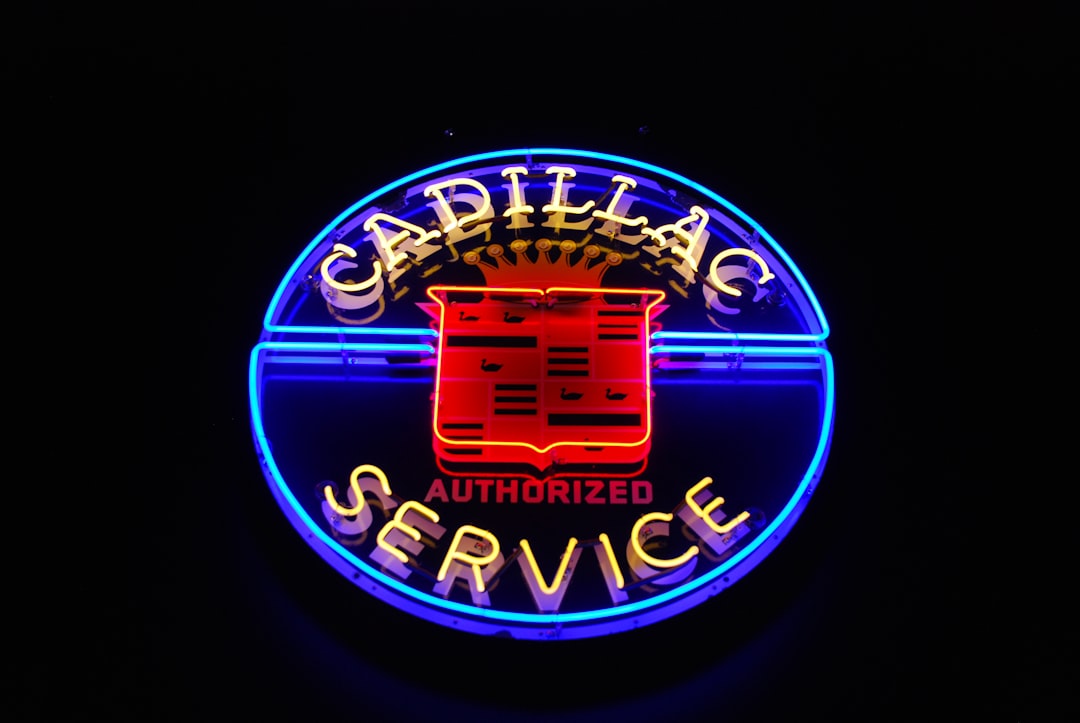Trying to speed up your WordPress site using Autoptimize and WP Super Cache? That’s great — in theory. But if you’ve noticed your site getting slower, looking weird, or loading the same JavaScript files twice, you’re not alone. These two plugins don’t always play nice together out of the box.
TL;DR:
Using Autoptimize and WP Super Cache together can lead to slow load times, duplicate scripts, and broken layouts. This happens when both plugins try to handle optimization and caching at the same time. The solution is proper configuration and making sure they’re not doing the same job twice. Don’t worry, we’ll walk you through it below!
What’s Going On Here?
Let’s start simple. Autoptimize is a plugin that minifies, combines, and optimizes front-end files like HTML, CSS, and JavaScript. It streamlines your website’s code to make things load faster.
On the other hand, WP Super Cache is all about caching. It creates static versions of your pages so they can load faster instead of being rebuilt each time.
They both sound helpful, right? Well, the trouble begins when:
- Both plugins try to compress and minify the same files
- They serve different versions of the same scripts
- Cache files get created or cleared at the wrong time
- Your website theme or builder adds dynamic content
The result? Slow pages, double-loading scripts, and weird design errors.

Common Symptoms of the Conflict
Here are the signs that give the problem away:
- Pages load slowly, even though caching should make them fast
- Styles randomly disappear or look broken
- JavaScript functions don’t work (like sliders or buttons)
- Scripts get loaded twice (slowing things down and causing errors)
These issues can show up right away or build up over time. Visitors won’t always report them, so you may not notice until things get really bad.
Why It Happens
The issue comes down to both plugins doing *too much* at the same time. For example:
- Autoptimize combines and minifies CSS and JS
- WP Super Cache serves a cached page that may already include these optimized files
If the cache isn’t cleared regularly or properly, old scripts from Autoptimize end up displaying with current ones. This leads to overlap, duplication, and rendering bugs.
Also, Autoptimize depends on knowing when content changes so it can rebuild optimized files. But WP Super Cache might skip that signal if it serves a cached page — kind of like ignoring a traffic cop.
How to Fix It (Step-by-Step)
Good news! You can make these plugins work together with some smart setup.
Step 1: Clear Both Caches
Start fresh. Go to WP Super Cache’s settings and click “Delete Cache.” Then go to Autoptimize’s settings and clear the cache there too. This puts both plugins back on the same page (literally).
Step 2: Let Autoptimize Handle Minification
Autoptimize is better at handling CSS and JS files. Turn off minification and compression in WP Super Cache so you don’t have double processing.
- Go to WP Super Cache settings
- Under the “Advanced” tab, uncheck settings like “Compress pages,” “Minify,” or “Serve compressed pages”
Let Autoptimize take care of these instead.
Step 3: Configure Autoptimize Smartly
In Autoptimize:
- Keep “Optimize JavaScript Code?” checked
- Keep “Optimize CSS Code?” checked
- Enable “Aggregate files?” for both JS and CSS
- (Optional but helpful) Exclude jQuery or theme-specific scripts if they’re causing issues
This keeps things light and consistent across cached pages.
Step 4: Enable Cache Preloading in WP Super Cache
Go to WP Super Cache advanced settings. Enable “Preload Mode.” This builds static pages that include the optimized Autoptimize files. It avoids the weird bugs seen on first-time page loads.
Step 5: Set Cache Timeout Properly
If your content changes regularly, set cache expiration to every 4-6 hours. If it doesn’t, you can increase to 12-24 hours. This helps both plugins stay synced.

Bonus Tip: Use the Autoptimize “Extra” settings to inline small portions of CSS crucial for your theme design to prevent flickering or “unstyled” flashes during load.
Advanced Tweaks (Optional)
For tech-savvy users or developers, here are a few power moves:
- Disable Autoptimize cache suppression: Use the hook
autoptimize_filter_cache_nosupercacheto allow better Super Cache integration - Custom theme scripts? Use Autoptimize’s “exclude” feature to keep vital scripts from being grouped incorrectly
- Install Async JavaScript Plugin: Helps defer less important scripts to avoid render-blocking
Testing After Configuration
You’ve made all the changes. Awesome! But now it’s time to be sure.
- Clear all caches *again* after saving settings
- Use Chrome DevTools or Firefox Inspector to check if scripts load only once
- Run your homepage through Google PageSpeed Insights (or GTmetrix)
- Look for improved load times and cleaner script handling
If visual glitches are gone and speed is up, you’re winning!
Still Having Trouble?
Some themes, page builders (looking at you Elementor and WPBakery), or plugins add their own optimization or dynamic load logic. These may override or conflict with your caching settings.
In these cases, try this:
- Temporarily switch to a default theme (like Twenty Twenty-One)
- Disable other performance plugins
- Re-enable them one at a time to find the culprit
If one plugin adds its own preloading, deferring, or compression options, disable them if Autoptimize already handles those.

Final Thoughts
Both Autoptimize and WP Super Cache are incredibly useful tools. But like all tools, they need to be used correctly to work well together. Otherwise, they end up stepping on each other’s toes.
With the right settings, you can enjoy the best of both: Autoptimize’s sleek file handling, and WP Super Cache’s super-fast page delivery.
So go ahead — tweak those settings, run your speed tests, and make your WordPress site fly!